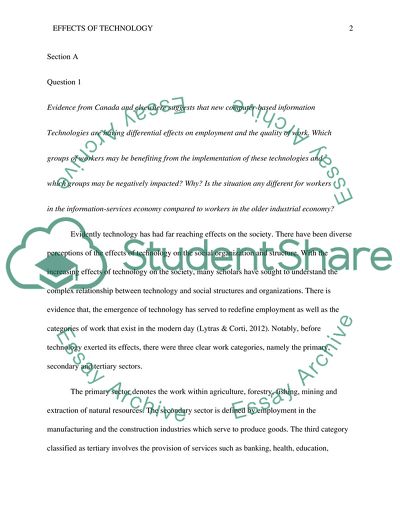Cite this document
(“Short answer Coursework Example | Topics and Well Written Essays - 2250 words - 1”, n.d.)
Short answer Coursework Example | Topics and Well Written Essays - 2250 words - 1. Retrieved from https://studentshare.org/sociology/1654679-short-answer
Short answer Coursework Example | Topics and Well Written Essays - 2250 words - 1. Retrieved from https://studentshare.org/sociology/1654679-short-answer
(Short Answer Coursework Example | Topics and Well Written Essays - 2250 Words - 1)
Short Answer Coursework Example | Topics and Well Written Essays - 2250 Words - 1. https://studentshare.org/sociology/1654679-short-answer.
Short Answer Coursework Example | Topics and Well Written Essays - 2250 Words - 1. https://studentshare.org/sociology/1654679-short-answer.
“Short Answer Coursework Example | Topics and Well Written Essays - 2250 Words - 1”, n.d. https://studentshare.org/sociology/1654679-short-answer.


